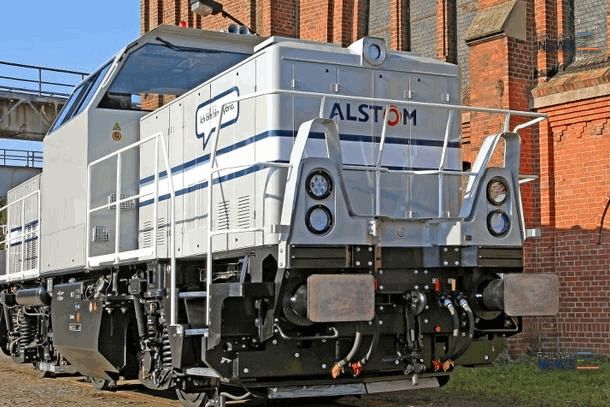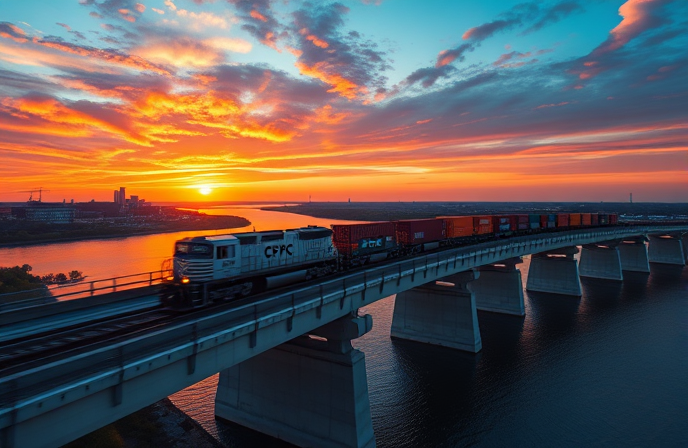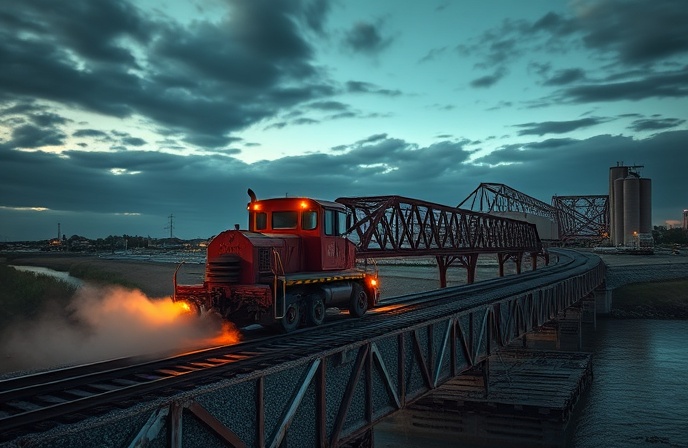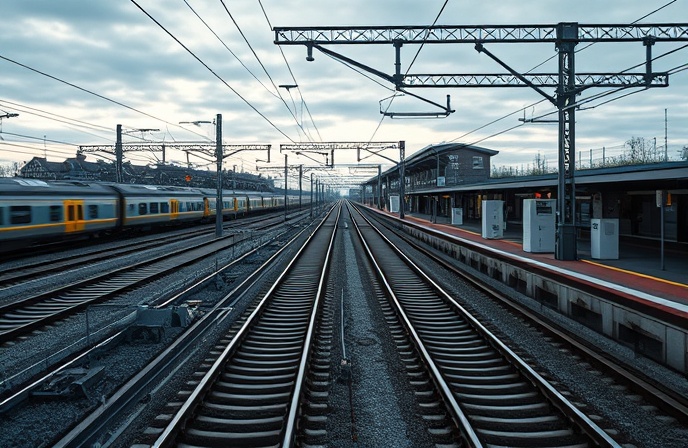Alstom will Deliver 2 Prima H3 Locomotives for Metrans
Alstom has been awarded by the logistics company Metrans Rail (Germany) GmbH the supply of two Prima H3 hybrid shunting locomotives for shunting operations in the port of Hamburg, as well as the associated maintenance for ten years.

Alstom has been awarded by the logistics company Metrans Rail (Germany) GmbH the supply of two Prima H3 hybrid shunting locomotives for shunting operations in the port of Hamburg, as well as the associated maintenance for ten years. The locomotives are scheduled to be delivered in the second semester 2016 from Alstom’s site in Stendal, Germany.
[quote font_size=”20″]“These two Prima H3 shunting locomotives will help us master the growing rise for shunting operations in the port of Hamburg. With them the number of our own shunting locomotives has increased to a number of 5. We are looking forward to these efficient and environmentally friendly locomotives with which we are able to reach our very ambitious goal to reduce pollutant emissions,”[/quote] said Roger Mahler, managing director of Metrans Rail (Germany) GmbH.
This new contract takes to 14 the total amount of Prima H3 locomotives ordered so far. The official presentation of the locomotive was organized in September 2014 in Berlin at the Innotrans transport fair. This good record clearly demonstrates the success of the Prima H3: Volkswagen, Deutsche Bahn, Audi, InfraLeuna and Mitteldeutsche Eisenbahn Gesellschaft (MEG) have chosen the Prima H3 with the objective of reducing the environmental impact of their freight operations. The Prima H3 shows diesel savings of up to 60% compared to existing locomotives in same operation mode.
In comparison with conventional shunting locomotives, the Prima H3 with its hybrid drive produces up to 50% less CO2, while other pollutant emissions (Nitrogen dioxide) are cut by up to 70%. Noise emissions have also been significantly reduced. The 350 kW diesel generator meets the requirements of exhaust gas standard stage IIIB and has been designed with future exhaust gas standards in mind. Depending on its use, the shunting locomotive will spend between 50% and 75% of its service time in battery mode. This makes it possible to achieve zero-emission rail transport in urban areas or production halls. The locomotive reaches maximum speeds of 100 km/h and can therefore easily be integrated in main line traffic.





